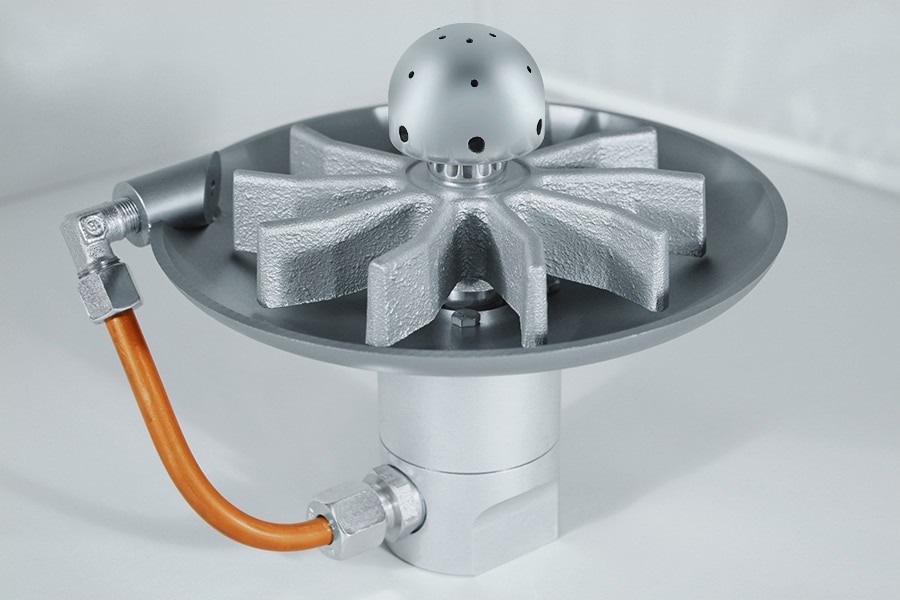Thermal Runaway
Thermal runaway is a critical and potentially hazardous phenomenon that can occur in lithium-ion batteries, characterized by a self-sustaining increase in temperature leading to rapid and uncontrollable heat generation. This escalation can result in catastrophic consequences such as fire, explosion, and the release of toxic gases.
At the core of thermal runaway is the battery’s complex chemistry and design. Lithium-ion batteries operate by transferring lithium ions between the positive (cathode) and negative (anode) electrodes through an electrolyte. During normal operation, this process generates heat, but it is managed within safe limits through design features like thermal management systems and battery management systems (BMS). However, if conditions deviate from the norm—due to overcharging, physical damage, manufacturing defects, or exposure to high temperatures—the balance of the battery’s internal processes can be disrupted.
The onset of thermal runaway typically involves a positive feedback loop: as the battery heats up, chemical reactions accelerate, producing more heat. This can lead to a sudden increase in temperature, causing the separator between the electrodes to melt, direct contact between the electrodes, and potentially a short circuit. The resultant heat can ignite the battery’s flammable electrolyte, triggering a fire or, in extreme cases, causing the battery to explode due to the buildup of gases.
The consequences of thermal runaway extend beyond the immediate safety risks. Fires in lithium-ion batteries can be challenging to extinguish and may release toxic fumes harmful to human health and the environment. Therefore, preventing and mitigating thermal runaway is of paramount importance in industries relying on lithium-ion technology, such as electric vehicles (EVs), consumer electronics, and renewable energy storage.
To manage the risks associated with thermal runaway, ongoing advancements in battery design, safety protocols, and emergency response strategies are essential. Effective thermal management systems, improved battery materials, rigorous testing and quality control during manufacturing, and protocols for safe handling, quarantine and disposal of damaged batteries are critical measures in reducing the likelihood and impact of thermal runaway incidents.





